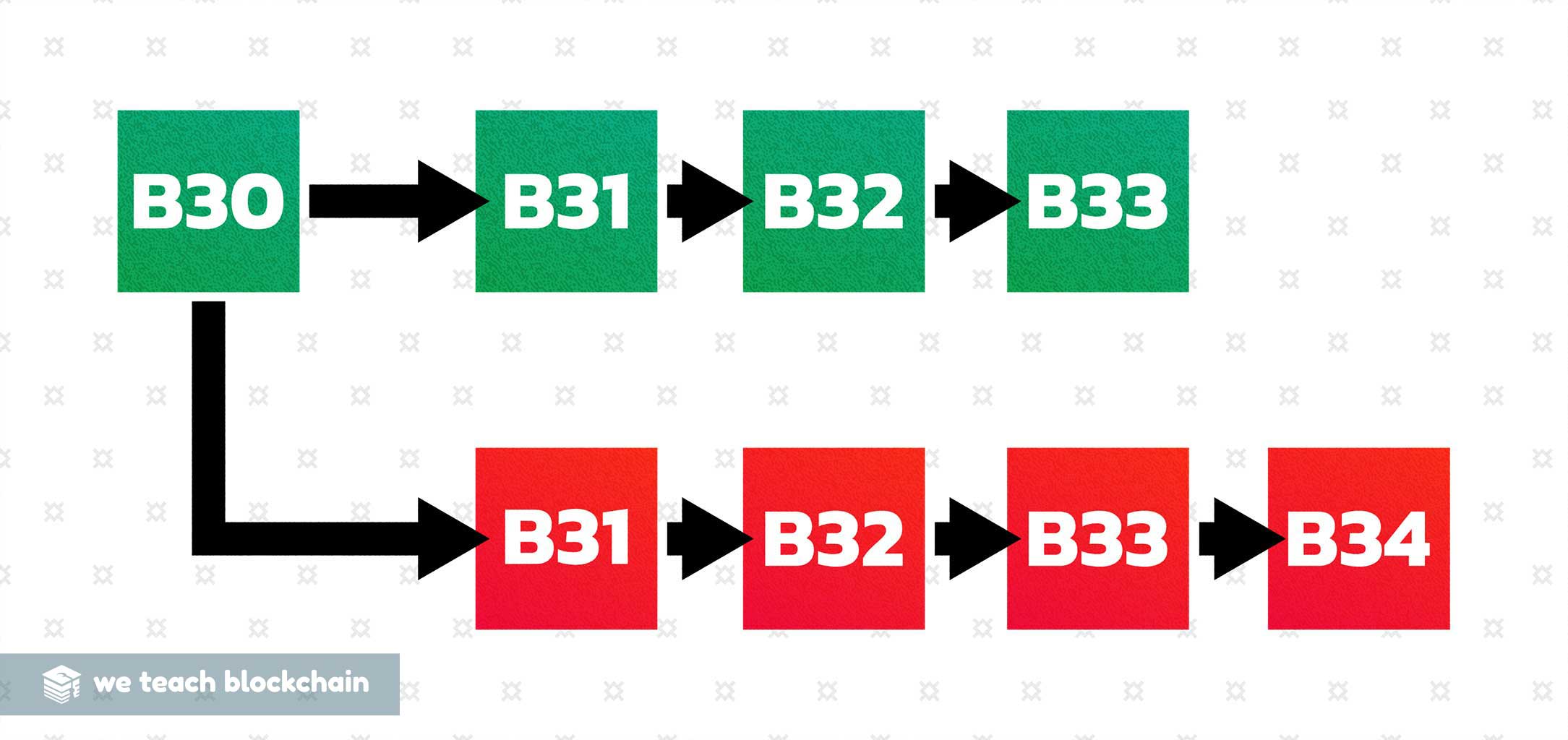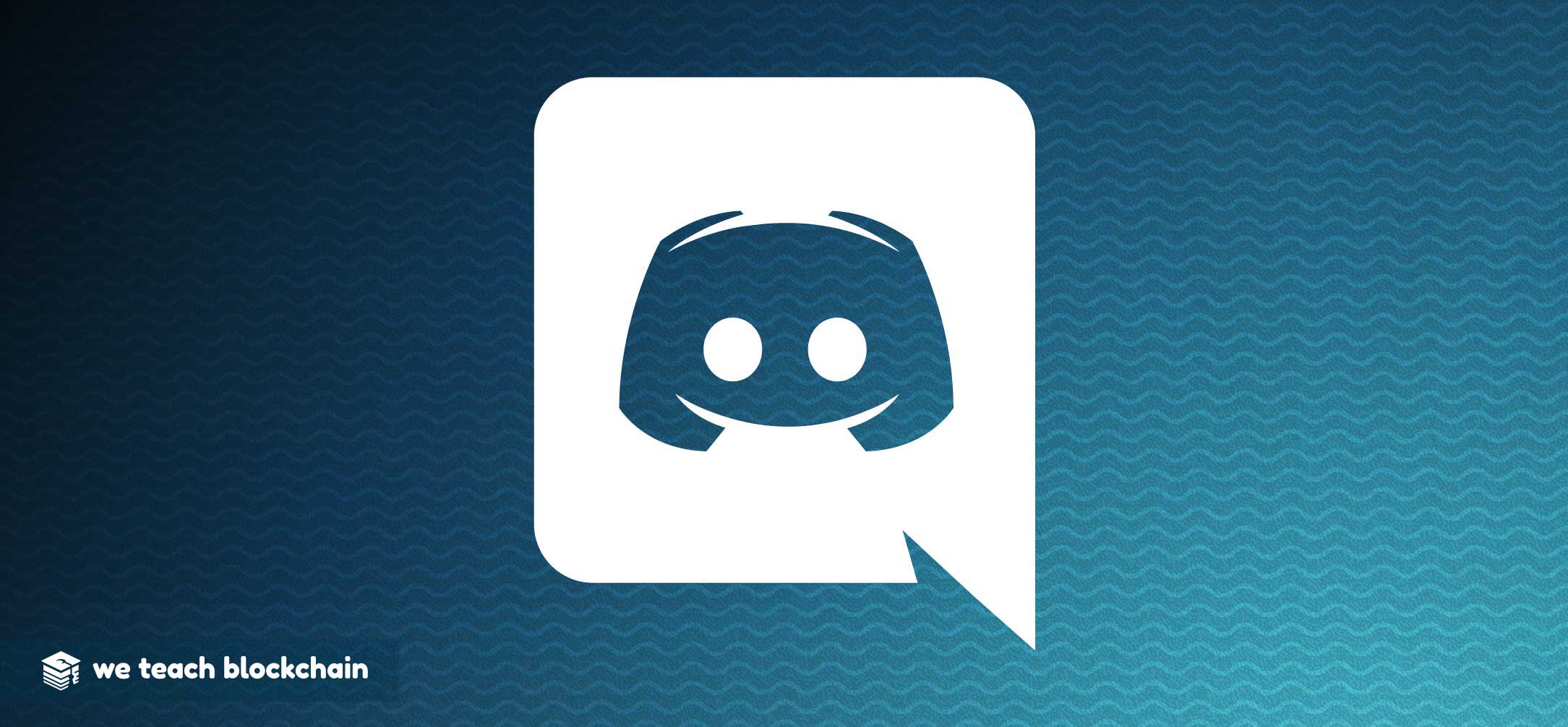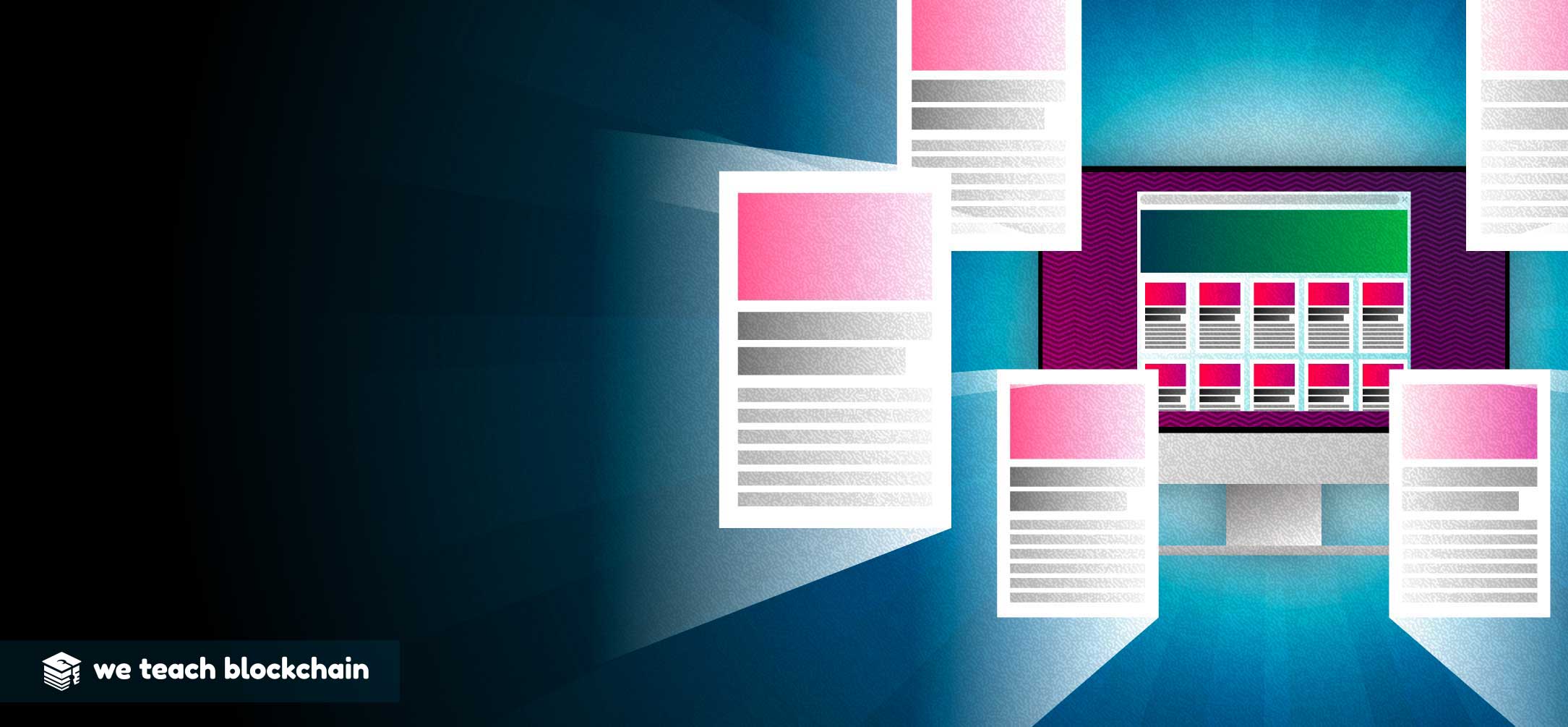While both double spending and the Byzantine Generals’ problem were addressed in order to make blockchain technology viable, there is still a potential vulnerability in blockchains. The most widely cited example is what is known as a 51% attack. To understand this concept, let’s look at an example. Suppose there are two neighborhoods with 100 houses each. Neighborhood A has one house with 99% of the neighborhood’s gold or money. The houses of Neighborhood B each have an equal amount of wealth.

Now let’s say a thief is looking to rob one of these communities. You need to get a certain amount of the neighborhood’s wealth for any robbery to be worth the risk. Do you target Neighborhood A, where all of the wealth is in one house? Or do you target Neighborhood B, where you would have to rob multiple houses? Of course, any smart thief goes for Neighborhood A, where less effort would amount to the greater value gained in the heist.v
In this scenario, houses are nodes, and the money they possess is information. Neighborhood A represents a centralized network, with one server containing all the information. Neighborhood B represents a decentralized network; there is an equal amount of information in each node within the decentralized network.
So how does this relate to decentralized networks? Blockchains work off of a majority consensus. One possible way to attack a blockchain is to hijack nodes in order to gain a majority of the hashing power of a network, thus allowing the hackers to write and confirm their own blocks. This is known as a 51% attack. However, Proof-of-Work consensus algorithms make any attempt at a 51% attack very costly. It would take a great amount of energy in order to attempt to hijack the majority of the blockchain’s nodes. In our example, this would be the same as robbing 51% of the houses in Neighborhood B, all within the same night.

You've completed the second module of this course! By now you've learned about the architecture or blockchains, how they stay secure, and how cryptocurrency is mined. Head over to our next module to see the potential impact that blockchain technology may offer.




